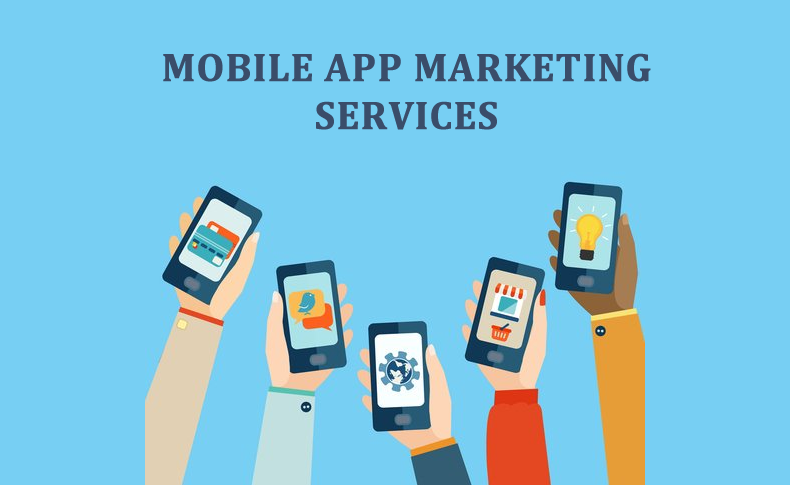
It’s quite common to look around a public space and see most people on their smartphones—tapping, scrolling, zooming or checking messages, to name a few popular on-the-go activities. Research seems to back up this anecdotal evidence: According to eMarketer, U.S. adults in 2018 spend 3 hours and 35 minutes daily on mobile devices.
So, it might seem like marketing to mobile users would be easier than ever. After all, there are more eyeballs on screens for longer, right? Well, not exactly. The proliferation of mobile devices and the way people are using them means mobile app marketers are facing a host of unique challenges as they try to acquire and retain users. Here are three of those challenges.
Challenge #1: Users Have Millions of Apps Available
Mobile users these days have no shortage of apps from which to choose. Even seemingly niche interests are well represented. Case in point: There are multiple apps meant to help people identify animals they encounter in the wild by photo. Users can simply search by keyword to find a veritable drop-down list of downloadable apps to meet their wants and needs.
While this means it’s an exciting time to launch an app, and a convenient time to be an avid mobile user, it also presents a unique challenge. As one industry expert notes, app discovery can be tough in such a saturated environment—there are over 4 million apps total for iOS and Android, with 4,000 being released daily, meaning “it’s a real challenge to break through a crowded marketplace.”
Your best shot for organically acquiring users is app store optimization (ASO). This entails making sure your title and description include the most relevant keywords possible, as well as encouraging current users to leave their ratings and reviews.
Challenge #2: App Users Tend to Stick with a Few Apps
Yes, people re spending hours per day on average interacting with their mobile devices. But this doesn’t mean they’re necessarily installing and engaging with more apps. Mobile Marketer cites research from Forrester that found people spend a majority of their time on mobile devices in just five apps, and these tend to be popular social media and messaging apps.
This just goes to show that putting your time and resources into launching a “fantastic app” doesn’t guarantee that it will earn engagement from users. Offering you app is never enough; you’ll need to periodically remind users that it exists and can offer some value to them. Bringing your app to top of mind is necessary to build up a base of engaged users. Otherwise, it’s too easy for busy mobile users to stick with their core group of apps, neglecting yours in the process.
Challenge #3: Driving Installs Doesn’t Guarantee Monetization
Simply put, installs don’t guarantee revenue. A million people can download your free app without you seeing a cent. What really matters is what users do next. The goal of any mobile app marketing strategy worth its salt today is to drive engagement beyond installation. This engagement comes in the form of post-install events, or actions that are considered conversions for a certain app.
Here are a few examples of post-install events:
- Opening the app
- Registering
- Reaching a level or achievement
- Viewing certain content
- Adding items to cart
- Making an in-app purchase
The exact nature of the post-install events you track will depend on your app. Travel apps are most interested in users who search flights and book reservations, for instance. Social media apps want people who like, share and comment. Dating apps track actions like filling out a profile, sending messages and subscribing for premium access. The key is choosing actions that “are the best indicators for future conversions and revenue.” From there, you can analyze how many users are taking these desired actions and the value of each one for your bottom line.
Rather than getting discouraged by these three challenges mobile app marketers are facing, think of them as guidelines on how to best market your app so you earn meaningful engagement from users.
This is an article provided by our partners network. It might not necessarily reflect the views or opinions of our editorial team and management.
Contributed content

Founder Dinis Guarda
IntelligentHQ Your New Business Network.
IntelligentHQ is a Business network and an expert source for finance, capital markets and intelligence for thousands of global business professionals, startups, and companies.
We exist at the point of intersection between technology, social media, finance and innovation.
IntelligentHQ leverages innovation and scale of social digital technology, analytics, news and distribution to create an unparalleled, full digital medium and social business network spectrum.
IntelligentHQ is working hard, to become a trusted, and indispensable source of business news and analytics, within financial services and its associated supply chains and ecosystems.



























